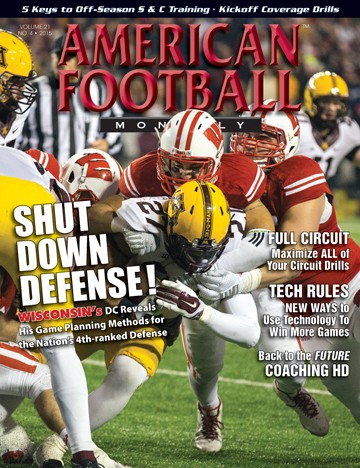Article CategoriesAFM Magazine
|
Strength Report: The Power Clean and the Squatby: David FeeleyStrength and Conditioning Coach Ball State University © More from this issue The two main lifts we habitually do that are the core of what we do are the squat and the power clean. We will then adjust those main lifts for athletes with different body types and/or limitations. Two reasons why we regard these two exercises as the most important are because they test lower body strength and also total body power. There is a very high chance that our players performed these lifts in high school, and the results of their max efforts in those lifts give players and coaches familiar feedback as to where the players are from a strength standpoint. With all of that being said, all of those lifts are important, and if an athlete has a physical limitation, we have to make an adjustment for him.
|
|
|||||||
| HOME |
MAGAZINE |
SUBSCRIBE | ONLINE COLUMNISTS | COACHING VIDEOS |
Copyright 2026, AmericanFootballMonthly.com
All Rights Reserved





